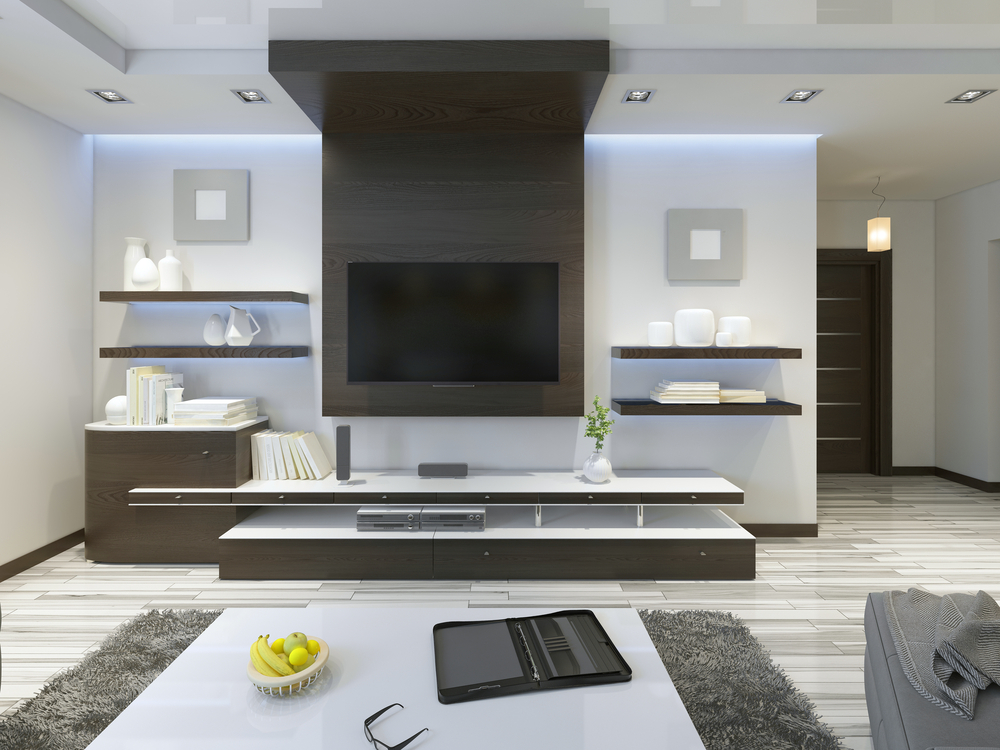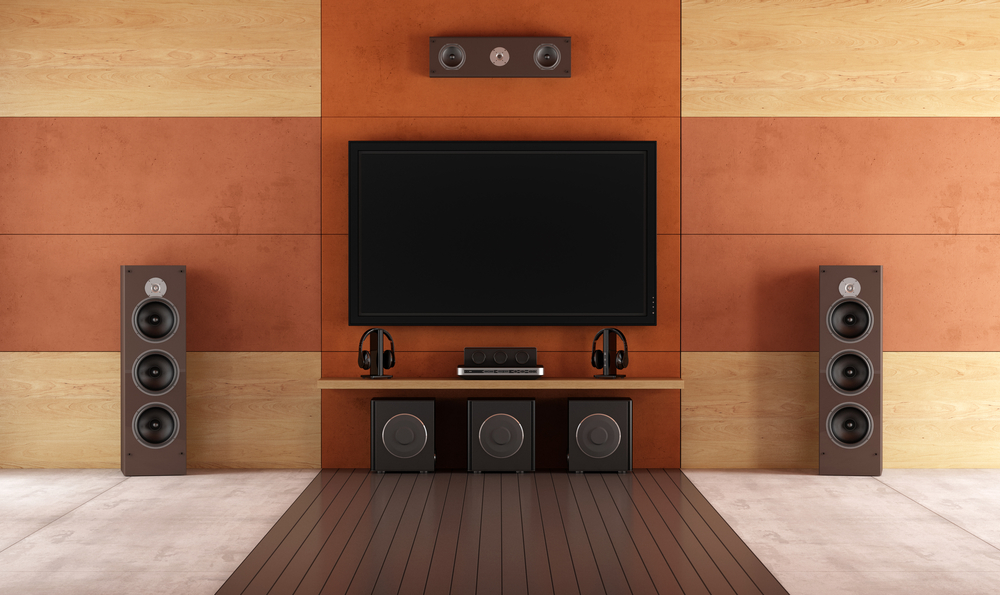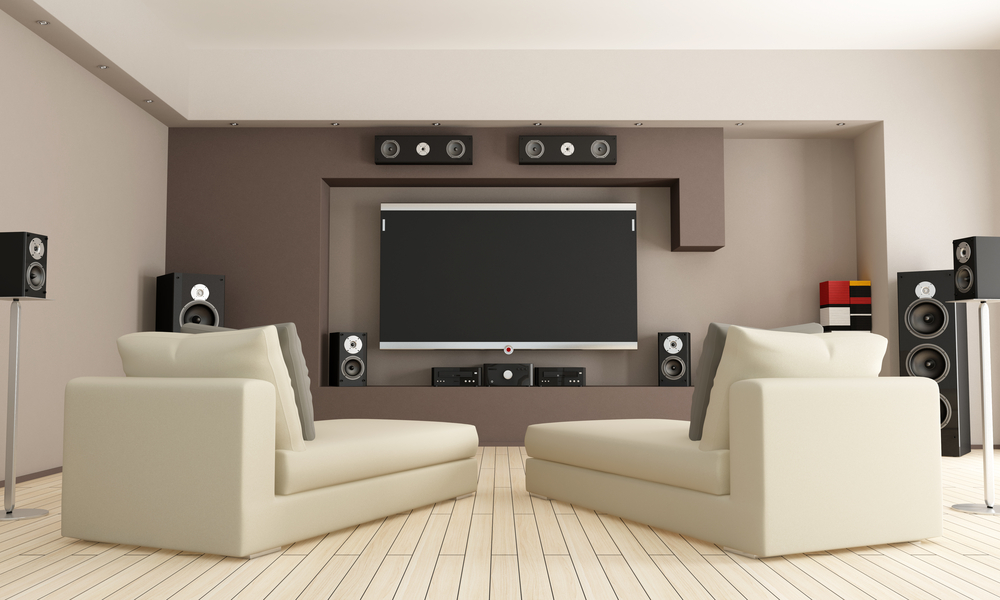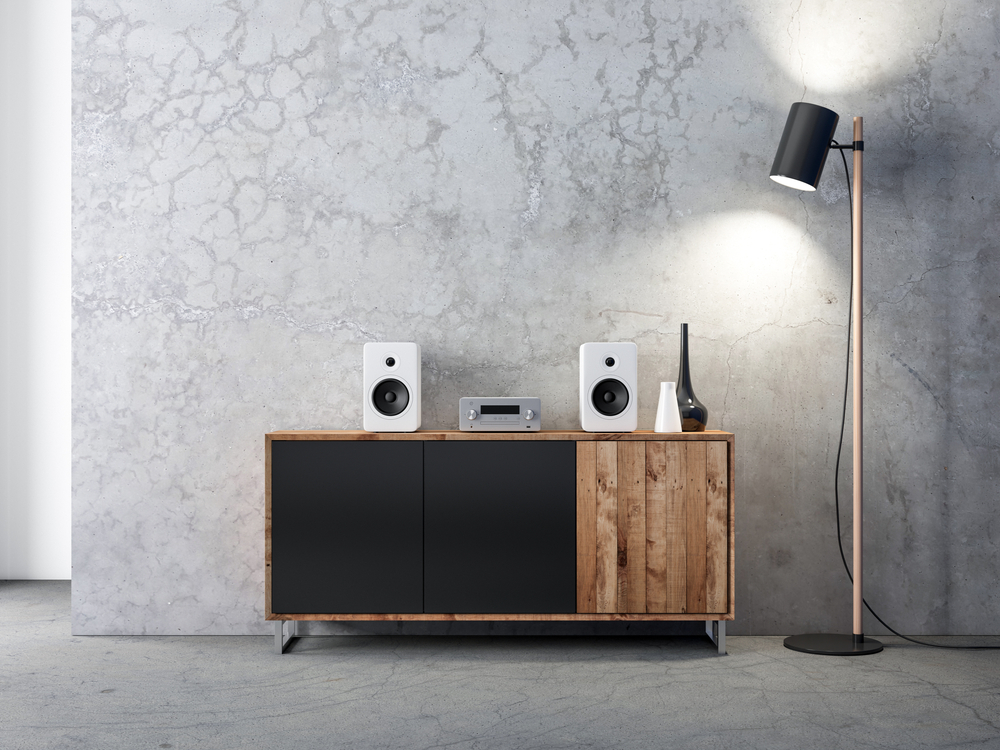
In the ever-evolving landscape of home entertainment, wireless technology has ushered in a new era of convenience and flexibility. Gone are the days of tangled wires and cumbersome setups.
In this article, the home audio specialists of Liaison Technology Group in Chicago, IL, explore wireless home audio systems where music and sound can flow effortlessly through your living spaces. Whether you’re an audiophile, music lover, movie enthusiast, or simply seeking to elevate your home’s ambiance, wireless audio systems offer a world of possibilities. Read on!
What is a wireless home audio system?
At its core, a wireless home audio system is a setup that allows you to stream audio from various sources to speakers placed throughout your home without the need for physical connections. These systems use wireless technologies like Wi-Fi, Bluetooth, or proprietary wireless protocols to transmit audio signals.
The heart of a wireless home audio system is often a central hub or controller, which connects to your music sources and distributes the audio to compatible speakers placed strategically in different rooms. These speakers can vary in size and style, from compact bookshelf speakers to discreet in-ceiling models, all designed to blend seamlessly with your home decor.
Streaming music without limits
One of the key benefits of wireless audio systems is the freedom they offer in terms of music sources. Whether you prefer streaming music from your smartphone, tablet, computer, or dedicated streaming services, a wireless home audio system can accommodate your choices.
With wireless connectivity, you can effortlessly switch between tracks, playlists, and sources with just a few taps on your device or by pressing a specific button on a dedicated remote control. Say goodbye to the inconvenience of physically connecting and disconnecting devices whenever you want to change the soundtrack of your day.
Multi-room audio
One of the standout features of wireless home audio systems is their ability to create a multi-room audio experience. Imagine starting your morning routine with your favorite tunes in the bedroom, seamlessly transitioning to the kitchen as you prepare breakfast, and then having the music follow you to the living room. With multi-room setups, you can synchronize audio playback in different areas of your home or tailor the music to each room’s preferences.
This level of customization allows for unparalleled flexibility. You can play calming jazz in the bedroom, energizing pop in the kitchen, and soothing classical in the living room, all simultaneously, with hidden speakers discreetly placed throughout your home. It’s a true testament to the power of wireless technology in shaping our home environments.
Easy installation and scalability
Setting up the wireless system is often straightforward, especially compared to the complex wiring required by traditional systems.
Additionally, wireless systems are highly scalable. You can start with a basic setup in one room and gradually expand to cover your entire home as your budget and needs evolve. This scalability is a significant advantage, making it accessible to various budgets and lifestyles.
Sound quality and compatibility
Sound quality is a top priority for any audio system, and wireless setups have come a long way in delivering impressive audio fidelity. Many wireless speakers now feature advanced audio technologies that rival their wired counterparts, offering clear and immersive sound.
Wireless audio systems are designed to be compatible with various audio formats, ensuring that you can enjoy your music, podcasts, and movies with the highest quality possible. Whether you prefer high-resolution audio or standard formats, there’s a wireless system to suit your preferences.
Who are the go-to home audio specialists in Chicago, IL?

As a leading company specializing in residential smart home automation technology, Liaison Technology Group transforms houses into intelligent, connected homes. We understand that the heart of any exceptional home audio lies in precise audio calibration, and our experts are here dedicated to ensuring your audio and visual systems are finely tuned to perfection. Let us transform your surroundings into an oasis of comfort and efficiency.


